- and 2.
As I recall from some professional audio gear manual (made in 1980s) that I had to mess with, miswiring +/- at the speakers is the common reason for big "trenches" in the spectrum that are not correctable by the equalizer.
The reason is, the speakers' ranges overlap somewhat and in the overlapping band they may pretty much fight each other.
The switched polarity may be intentional, because of some speaker's undesired spectral "feature".
On the other hand, it may as well be a honest error in the diagram, because the stereo effect works exactly in the range where most woofers and mid-ranges overlap. Switching the polarity between low and mid will kill the stereo effect it in the overlapping range. I would think at least twice before using such a "hack".
- The "unknown element" is a capacitor used to filter out the low frequencies going to mid- and high-range speakers. The third terminal in the mid- speaker is just a dummy for soldering the capacitor.
Feeding a speaker a frequency it is not designed for is a waste of power, a source of non-linear distortion and good reason for overheating. Neither is a good thing.
The own inductance of the woofer generally does almost the right thing for the woofer itself. In more advanced speaker systems woofers are fed with inductors in series.
The min-range speaker filters unwanted higher frequencies also by its own inductance.
The high-range speaker is a capacitor itself (it is a piezo speaker). It does its own filtering as well.
p.s. back in 80's and 90's, I have seen quite a few speaker systems miswired from the factory - up to and including non-connected speakers. It looks like the market tolerated these things.
